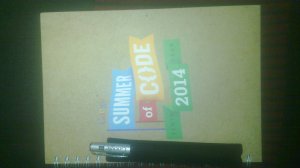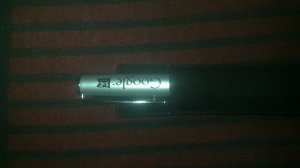All good things must come to an end.
~ Some Dude on the Internet
And so, we have reached the close of the code-fest that is Google Summer of Code. It has been an enlightening, thoroughly enjoyable and skill-building journey. One that has laid the foundation of my future career and one that I will never forget.
In any program like GSoC, the mentors matter the most – they are the ones who enable a student to reach their potential and deliver something of note. I would like to thank all my SunPy mentors – Stuart, David, Steven, Nabil – for ensuring that I never had any uncleared doubts. Stuart, especially, has been available throughout the duration of the program, and was always around for a screenshare session, or to explain something that I didn’t understand. He was open to conversation even when he was out of town. I am very thankful for their active support! I would also like to thank Google and Melange for ensuring a smooth and wonderful experience.
The last few weeks have gone mostly in testing and documentation. Stuart and I introduced some analytical tests to check on the accuracy of the coordinate transforms. The tests were mostly passing, except for one parameter which seems to be giving us the wrong values, i.e., expected values don’t match the output. Those interested in the mathematics behind this kind of testing may access the relevant document here, and those who wish to see the test code in action may check it out here.
The final (in GSoC terms) code can be accessed here and the PR is on GitHub, of course! Over the next few days, I will be completing the SunPy Enhancement Proposal to get this pull request fully accepted. I also gave a presentation on Hangouts to explain the purpose of my module, whose IPython notebook can be accessed here.
Besides all this, I have been learning a bunch of web frameworks to aid in my quest for a job. It was Stuart’s suggestion to start learning Flask, and now that I am learning Django as well, I can see why he suggested it. Everything is so…simple in Flask. But then, it would be to my benefit to learn both to some extent. Miguel Grinberg’s Mega Tutorial on Flask has been extremely helpful, and I would recommend it to those who wish to learn web development in Python. Hopefully, with my Flask knowledge, and a bit of Bootstrap, I will be able to make a nice web framework for SunPy in the near future, or atleast I plan to!
I am signing off for now, but I may post some more stuff in the future. Stay tuned!



@VaticanCameos I broke it